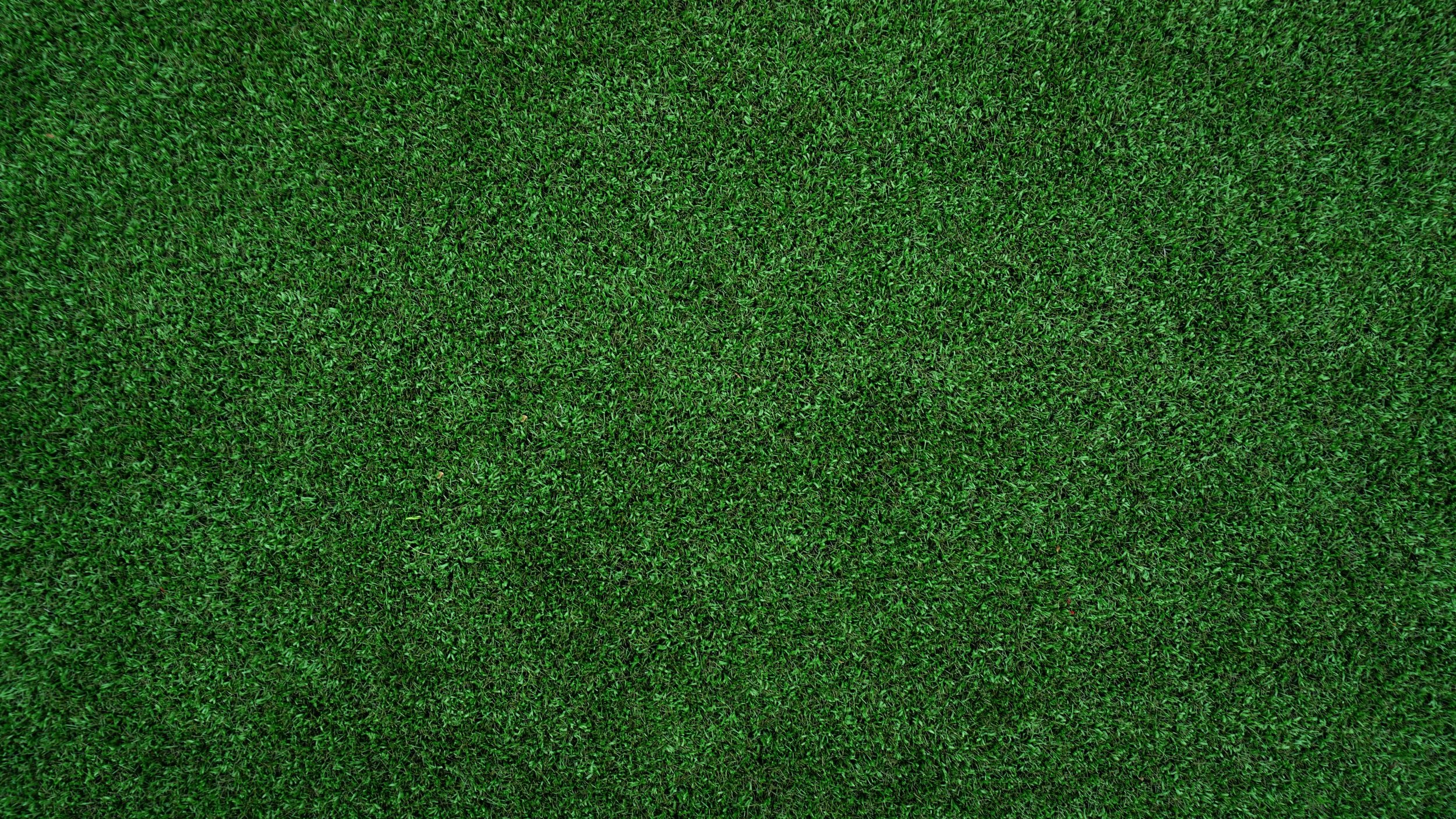Making Our Meadow - Part One
The meadow at Longwood Gardens
When Lindsay and I got interested in sustainable gardening, the first thing we did was begin surveying our vast holdings to see what we could do. Having accomplished that with a quick glance out the kitchen window, we started thinking about ways to replace part of our lawn.
We’re not ready to give up all turf grass yet - we need to have some to chase around our daughter on (and what if we ever decide to take up croquet?). But we didn’t need nearly as much as we had, even on just two tenths of an acre. A native wildflower meadow seemed like a great project to take over part of our back yard. The benefits over a traditional lawn are many, but the super quick version: less maintenance, provides food and shelter for wildlife, brings a patch of wild beauty to your yard, etc.
So we knew what we wanted. But going from this:
to a meadow like the one in that first photo isn’t as easy as sprinkling some seed and calling it a day.
Reader, I’ll admit that I went down a bit of an internet rabbit hole reading all about the countless methods to establish a meadow. What I learned was this: There’s no perfect method for every scenario, but like everything else, you just try to do your best with the constraints you have and the resources available (time, space and money).
Why a Meadow?
As a bit of background, meadows aren’t really common natural environments in places like New Jersey. Much of the East Coast would be heavily wooded if left to its own devices, and that was the case before Europeans showed up. Meadows would spring up in forest clearings, or in areas managed by indigenous inhabitants, but generally without human intervention they’d be temporary - after several years being overtaken by woody species and eventually forest canopy. A lot of the meadows we might encounter nowadays in natural areas have established themselves on land that was once cleared for farming or other uses then abandoned. And given enough time they too will become forested. (The prairies of the midwest are different - they’re considered climax plant communities, which means they’re not followed by a later stage of succession like eastern meadows are).
But we can make use of these temporary landscapes in our own yard, which provide great ecological benefit with their variety of grasses and flowers - even on a very small scale. And once they’re established, unlike a typical suburban lawn, they require virtually no inputs. Just some occasional weeding to keep out invaders (though you’ll need to be on top of this much more so at first). And if you want your meadow to be permanent, you just need to mow it once a year to prevent woody plants from springing up.
But the best reason is the unsurpassed beauty they provide. They give you a small patch of wildness that will look different every day. And it will provide food and shelter for countless birds and insects, like the monarch butterfly snacking on an ironweed flower we spotted at Longwood Gardens' native meadow pictured above. Read More: Part Two; Part Three


